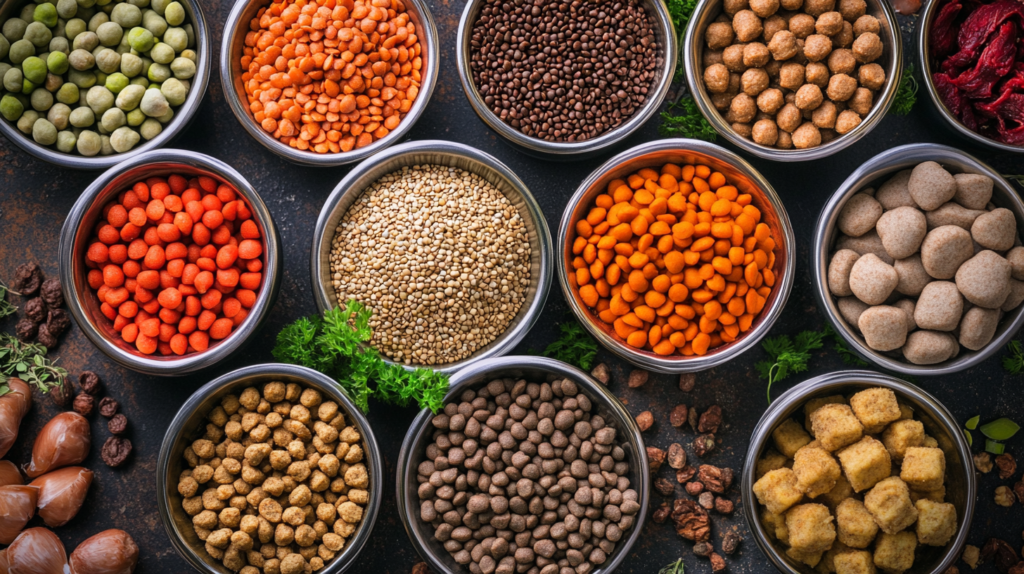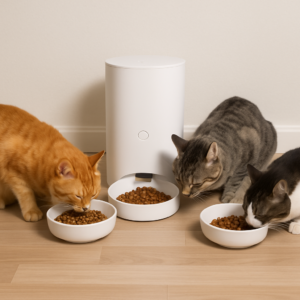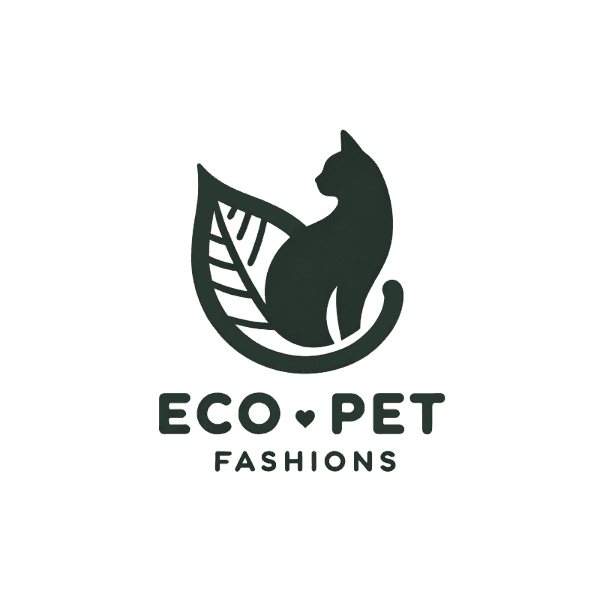As pet ownership continues to rise globally, ensuring the health and well-being of our furry friends has never been more critical. Pet owners are increasingly aware of the importance of nutritious, high-quality pet food, but many are unaware of the intricate processes behind getting that food to store shelves or delivered to their homes.
The pet food industry operates within a complex, multifaceted supply chain that faces constant challenges such as ingredient shortages, quality control issues, and logistical delays. Pet food recalls, for instance, shake the trust of consumers, making it more urgent than ever for the industry to maintain strict oversight from sourcing to distribution. Yet, disruptions in this supply chain can jeopardize the timely delivery of safe, nutritious pet food.
To better understand how pet food is produced and delivered, it’s essential to look deeper into each stage of the pet food supply chain. Whether you are a retailer, distributor, or simply a concerned pet owner, knowing the ins and outs of this system can help in making informed choices that promote sustainability and safety for our pets.
What Are the Key Stages of the Pet Food Supply Chain?
The pet food supply chain involves several interconnected phases that ensure that high-quality food reaches pets efficiently and safely. These key stages are crucial for both pet food manufacturers and the consumers they serve:
1. Sourcing Ingredients
The journey of pet food begins with the sourcing of raw ingredients, including meats, grains, vegetables, and essential vitamins. For quality pet food, manufacturers rely on high-grade materials, often sourced from different regions. The choice of ingredients can be complex, especially for companies that prioritize specific nutritional profiles, organic options, or sustainability practices. Many premium brands use human-grade meats and non-GMO grains, ensuring a higher standard of safety.

However, sourcing quality ingredients isn’t without its challenges. Pet food companies must maintain stringent quality controls, regularly testing for contaminants and toxins. Since many vitamins and micro-ingredients come from international suppliers, it can be difficult to monitor quality at every stage, increasing the risk of supply chain disruptions. Moreover, seasonal changes and geopolitical factors can affect the availability and cost of key ingredients, leading to fluctuations in production costs.
2. Manufacturing the Product
Once ingredients are sourced, they are transported to pet food manufacturing facilities. Some companies opt for in-house production, while others outsource to co-packers—third-party manufacturers that produce for multiple brands. While co-packers can streamline production, they introduce potential risks, such as reduced oversight over ingredient sourcing and quality control.

Manufacturing involves multiple steps: mixing raw materials, cooking, sterilizing, and shaping the food into kibble, cans, or other formats. Depending on the product, additional processes like freeze-drying or vacuum-sealing may be used to preserve nutrients and extend shelf life. Every step in manufacturing must comply with rigorous standards for food safety, including both local and international regulations.
One of the major concerns during this stage is contamination. Manufacturing facilities need to ensure that food is produced in clean, sterile environments. Regular quality checks are required to minimize the risk of introducing harmful bacteria or other contaminants. Additionally, as pet food products vary widely in ingredients and nutritional content, ensuring the correct formulation for each product line is key to maintaining consistency and customer satisfaction.
3. Inventory Management
Effective inventory management is critical for maintaining smooth production. Manufacturers need to balance supply and demand carefully to avoid stockouts or overproduction. If production facilities do not have adequate raw materials, this could halt manufacturing altogether. On the flip side, overproducing leads to waste and unnecessary holding costs, especially for products with shorter shelf lives.

Modern inventory management involves close collaboration between logistics professionals and production teams to ensure materials flow smoothly through the supply chain. Using forecasting models, manufacturers can predict seasonal demand spikes, such as during holidays, and stock up accordingly. By optimizing inventory levels, pet food companies can mitigate risks while maintaining efficiency.
4. Packaging and Distribution
Once manufactured, pet food is packaged in eco-friendly or traditional materials, depending on the company’s environmental focus. Packaging not only protects the product during transport but also plays a significant role in branding and marketing. Clear labeling and proper sealing help retain freshness and protect against contamination, which is especially important for perishable items.
After packaging, products are distributed to retailers, distributors, and directly to consumers through various channels,including brick-and-mortar stores, e-commerce platforms, and wholesale buyers. This stage is heavily reliant on logistics, and any delays can result in stock shortages or, worse, expired or damaged goods reaching store shelves.

Efficient distribution requires precise coordination with transportation providers to optimize routes and reduce lead times. In an era where fast delivery is a consumer expectation, even in the pet food industry, companies must balance cost-effectiveness with speed. Cold chain logistics might also come into play for products that require refrigeration or specific environmental conditions during transport.
With online retail booming, particularly for pet products, the ability to ship directly to consumers quickly and affordably is increasingly important. Partnering with reliable third-party logistics (3PL) providers can help manufacturers meet consumer demand efficiently while maintaining product integrity.
5. Retail Management
At the retail level, the focus shifts to ensuring that shelves (both physical and virtual) remain stocked with popular products. Retailers, particularly those selling online, rely on accurate forecasting and real-time inventory data to keep pace with demand. Stockouts of popular pet food brands can quickly result in lost sales and dissatisfied customers.

Retailers also face the challenge of balancing variety and quantity. Too many products can overwhelm consumers, while too few may result in shoppers going elsewhere. Larger retailers often use automated inventory systems that signal when stock levels are low, ensuring consistent availability of top-selling items.
For both brick-and-mortar stores and online platforms, the packaging plays a crucial role in attracting customers. Eco-friendly and sustainable packaging options are gaining traction as environmentally conscious pet owners look for ways to reduce their carbon footprint. Pet food manufacturers and retailers who prioritize sustainability are likely to gain a competitive edge as these trends continue to grow.
6. Reverse Logistics
An often-overlooked aspect of the pet food supply chain is reverse logistics, which involves managing product returns, recalls, and disposal. Pet food recalls can occur due to contamination, mislabeling, or even packaging defects. When this happens, companies must act quickly to recall affected products from the market to prevent harm to pets and protect their brand reputation.

Additionally, managing expired or unsellable goods is critical to maintaining compliance with environmental regulations. Many companies are now adopting zero-waste policies, recycling unsold products, or repurposing them for other uses, such as animal shelters. Effective reverse logistics not only helps maintain customer trust but also aligns with sustainability efforts, which are increasingly important to both businesses and consumers.
What Are the Biggest Challenges in the Pet Food Supply Chain?
As with any supply chain, the pet food industry faces several challenges that can disrupt operations and compromise product quality. Understanding these challenges is key to mitigating risks and maintaining a resilient supply chain.
1. Quality Control
Ensuring consistent product quality throughout the supply chain is one of the biggest hurdles. Pet food manufacturers must implement rigorous quality control measures, including testing ingredients and finished products for contaminants, toxins, and nutritional adequacy. However, with the complexity of sourcing raw materials from multiple suppliers, maintaining strict oversight can be difficult. Imported ingredients, such as vitamins and minerals, pose additional risks due to less direct control over their production.

To combat these challenges, many manufacturers are investing in technology, such as blockchain, to increase traceability. This allows companies to track every ingredient back to its origin, ensuring transparency and accountability at every step.
2. Regulatory Compliance
Pet food is subject to various regulations, depending on the region in which it is produced and sold. In the United States, for example, the Food and Drug Administration (FDA) oversees pet food safety, while the Association of American Feed Control Officials (AAFCO) sets nutritional standards. Different countries have their own specific regulations, which can make it challenging for manufacturers to ensure global compliance, especially if they export their products internationally.

Navigating these regulations requires constant vigilance, as non-compliance can result in fines, product recalls, and damage to a company’s reputation. For businesses expanding into new markets, working closely with regulatory experts is essential to ensure adherence to local laws and safety standards.
3. Supply Chain Disruptions
Recent global events, such as the COVID-19 pandemic and labor shortages at key shipping ports, have exposed the vulnerability of supply chains. The pet food industry is not immune to these disruptions. Delays in ingredient deliveries, rising transportation costs, and bottlenecks in manufacturing have all contributed to challenges in maintaining steady product availability.

To mitigate these risks, companies are focusing on diversifying their supplier base and strengthening relationships with logistics providers. Building a more flexible, responsive supply chain allows businesses to adapt to changing circumstances more effectively.
4. Market Growth and Competition
The pet food market is experiencing rapid growth, driven by an increase in pet ownership and a growing awareness of pet health and nutrition. While this is positive for the industry, it also heightens competition. Consumers now have more choices than ever before, from grain-free formulas to organic options, which means manufacturers must continuously innovate to stay competitive.
This growth also puts pressure on the supply chain, as increased demand can strain existing resources and infrastructure. Companies must find ways to scale their operations without compromising on quality or sustainability, which can be particularly challenging for smaller manufacturers.
Conclusion
The pet food supply chain is a dynamic and complex system that plays a vital role in delivering nutritious products to pets around the world. From sourcing high-quality ingredients to ensuring timely delivery through efficient logistics, every stage of this process requires careful management and oversight.
As the pet food industry continues to grow, companies will need to focus on building resilient, sustainable supply chains that can adapt to changing market demands and global challenges. By investing in better inventory management, enhancing quality control measures, and prioritizing regulatory compliance, manufacturers can ensure that their products meet the needs of both pets and pet owners.
In a rapidly evolving market, having a well-structured and transparent supply chain is more important than ever to maintain consumer trust and meet the rising demand for high-quality, safe, and sustainable pet food.






